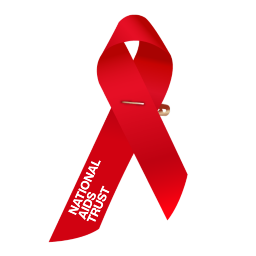
World AIDS Day takes place on 1 December each year. It’s an opportunity for people worldwide to unite in the fight against HIV, to show support for people living with HIV, and to commemorate those who have died from an AIDS-related illness.
Founded in 1988, World AIDS Day was the first ever global health day.
Globally, there are an estimated 38 million people who have the virus with over 105,200 people living with HIV in the UK. . Despite the virus only being identified in 1984, more than 35 million people have died of HIV or AIDS related illnesses, making it one of the most destructive pandemics in history.
World AIDS Day is important because it reminds the public and government that HIV has not gone away – there is still a vital need to raise money, increase awareness, fight prejudice and improve education.

In 1991, a decade after the emergence of HIV, twelve artists gathered in a gallery in New York’s East Village. They had met to discuss a new project for Visual AIDS, a New York HIV-awareness arts organisation.
It was there that they came up with what would become one of the most recognised symbols of the decade: the red ribbon, worn to signify awareness and support for people living with HIV.
At the time, HIV was highly stigmatised, and the suffering of communities living with HIV remained largely hidden. The artists wanted to create a visual expression of compassion for people living with HIV.
They took inspiration from the yellow ribbons tied on trees to show support for the US military fighting in the Gulf War. Additionally, they decided that the elegant loop of the ribbon shape was easy to make and replicate. They avoided traditional colours associated with the gay community, such as pink and rainbow stripes, because they wanted to convey that HIV was relevant to everyone. They chose red for its boldness, and for its symbolic associations with passion, the heart and love.
You can find out more about World AIDS day and how you can support the cause here: https://www.worldaidsday.org/